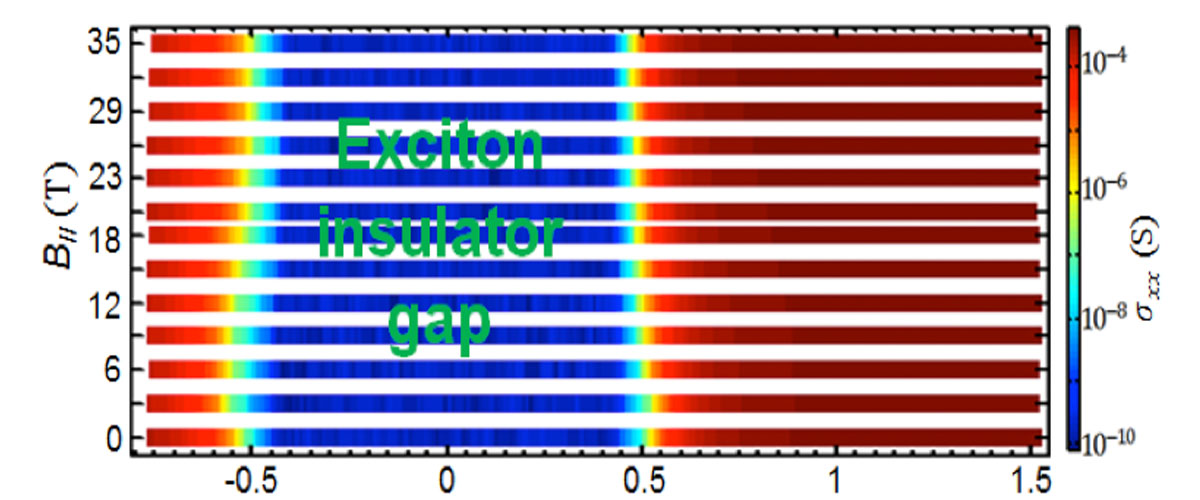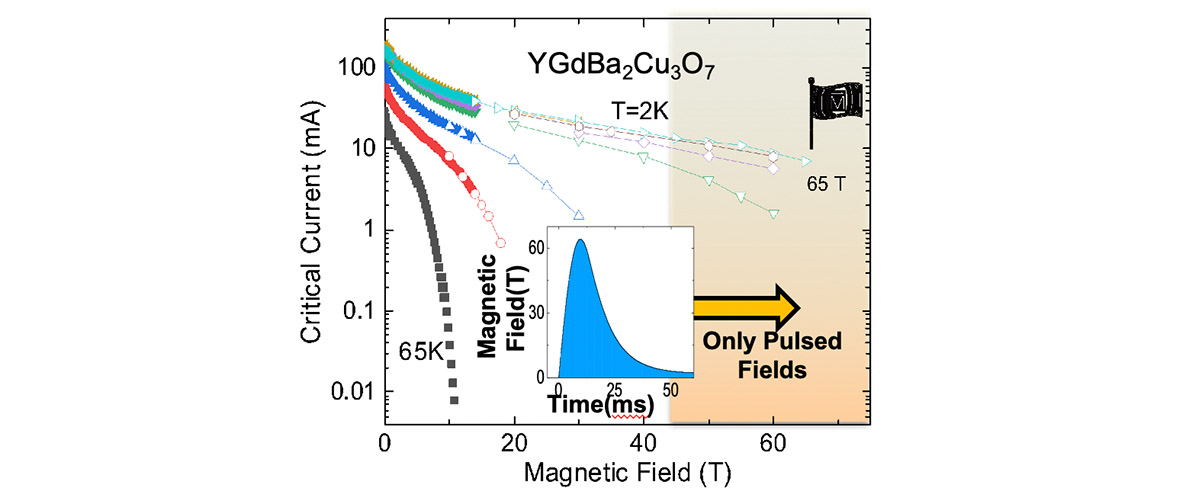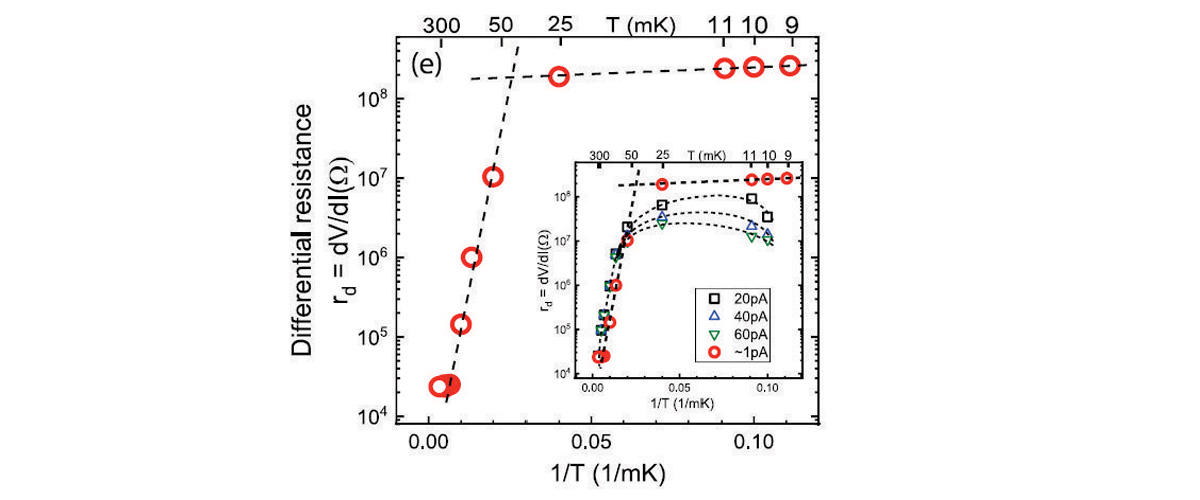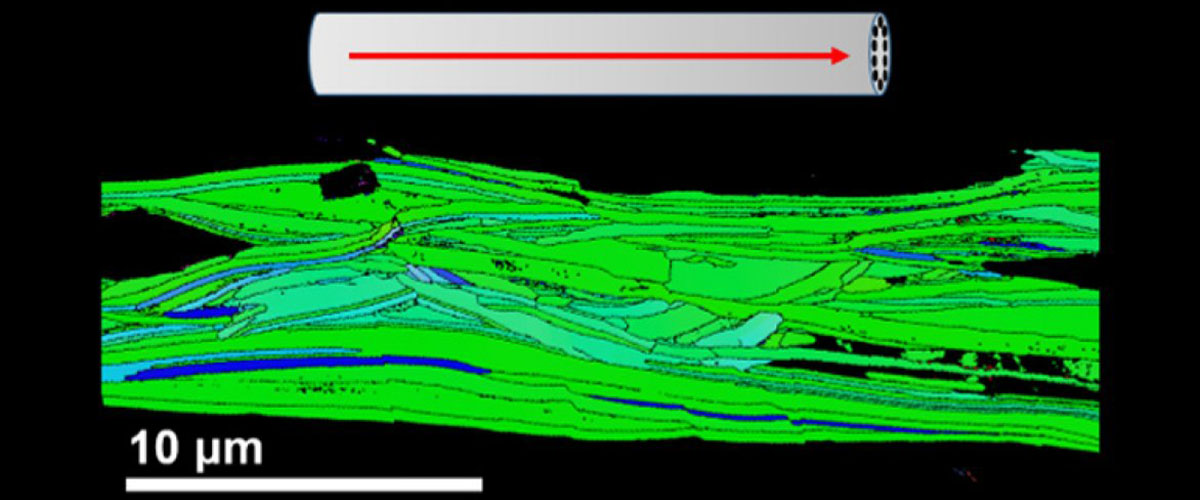What did scientists discover?
We observe a topological excitonic insulator in double-quantum-well semiconductor devices. By applying electric fields to the device, MagLab users tuned the electron and hole densities to such low values that electrons in one quantum well pair up with holes in the other layer. They measured the resulting excitonic insulator energy gap and quantized edge states. The energy gap and edge states exist in an in-plane magnetic field up to 35 teslas, where interlayer tunneling is eliminated. Persistence of the insulating state into this high-magnetic-field regime confirms that the energy gap originates from the exciton insulator state.
Why is this important?
The physics that produces an excitonic insulator is a form of pairing of quasiparticles, similar to that which produces a superconductor. These results address a question posed in physics some fifty years ago and verify a recent prediction regarding the potential topological properties of this double quantum well system.
Who did the research?
Lingjie Du1, Xinwei Li1, Wenkai Lou2, Gerard Sullivan3, Kai Chang2, Junichiro Kono1, Rui-Rui Du1
1Rice University; 2Chinese Academy of Sciences, CN; 3Teledyne Scientific and Imaging
Why did they need the MagLab?
To confirm the excitonic insulator gap and its topological origin, researchers needed to apply a large (35 T) magnetic field in the plane of the quantum wells to adequately separate electron and hole energy bands in momentum space. The study also relied on the ultra-low temperatures at the MagLab, instrumentation that partners with the MagLab’s ultra-high magnetic fields to enable this research achievement.
Details for scientists
- View or download the expert-level Science Highlight, 2D electron-hole "superconductor": topological excitonic insulator
- Read the full-length publication, Evidence for a topological excitonic insulator in InAs/GaSb bilayers, in Nature Communications
Funding
This research was funded by the following grants: G.S. Boebinger (NSF DMR-1157490); L. Du (DOE DE-FG02-06ER46274); Li, Kono(NSF DMR-1310138); Lou, Chang (NSFC 11434010); R. Du (NSF DMR-1207562 and DMR-1508644)
For more information, contact Tim Murphy.






